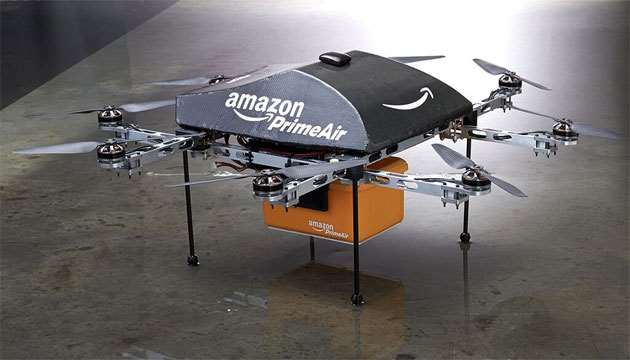If you’ve ever wondered just how Amazon plans to run a fleet of delivery drones in the skies, the web giant finally has an answer: a 61m-high reserved piece of airspace.
The company provided rare technical insight into its highly-publicised plans for delivery drones in a regulatory paper, which effectively deals with air traffic control for unmanned aerial systems (UAS).
Already, small drones are becoming a common sight for a range of applications – from scoping the extent of large fires to photogrammetry and aerial infrastructure surveys. Even activists use them to monitor farms suspected of animal cruelty.
However, drone traffic is becoming a problem. In the US, the Federal Aviation Administration (FAA) said late last year that it had recorded over 190 incidents of potential conflict between drones and commercial aircraft.
The answer to resolving conflicts lies in the development of drone air traffic systems.
Last week, it emerged Google, NASA, Amazon, Verizon and 11 other entities are collaborating to develop such a system.
NASA said it hopes to have an air traffic control system ready in as little as five years – although it could take 10-15 years to create a system capable of dealing with high drone densities.
Amazon sees demand for that kind of flight density within the next decade.
“In the United States, for example, there are approximately 85,000 commercial, cargo, military and general aviation flights every day,” it said in the new regulatory paper.
“This number is likely to be dwarfed by low-altitude [drone] operations in the next 10 years.”









